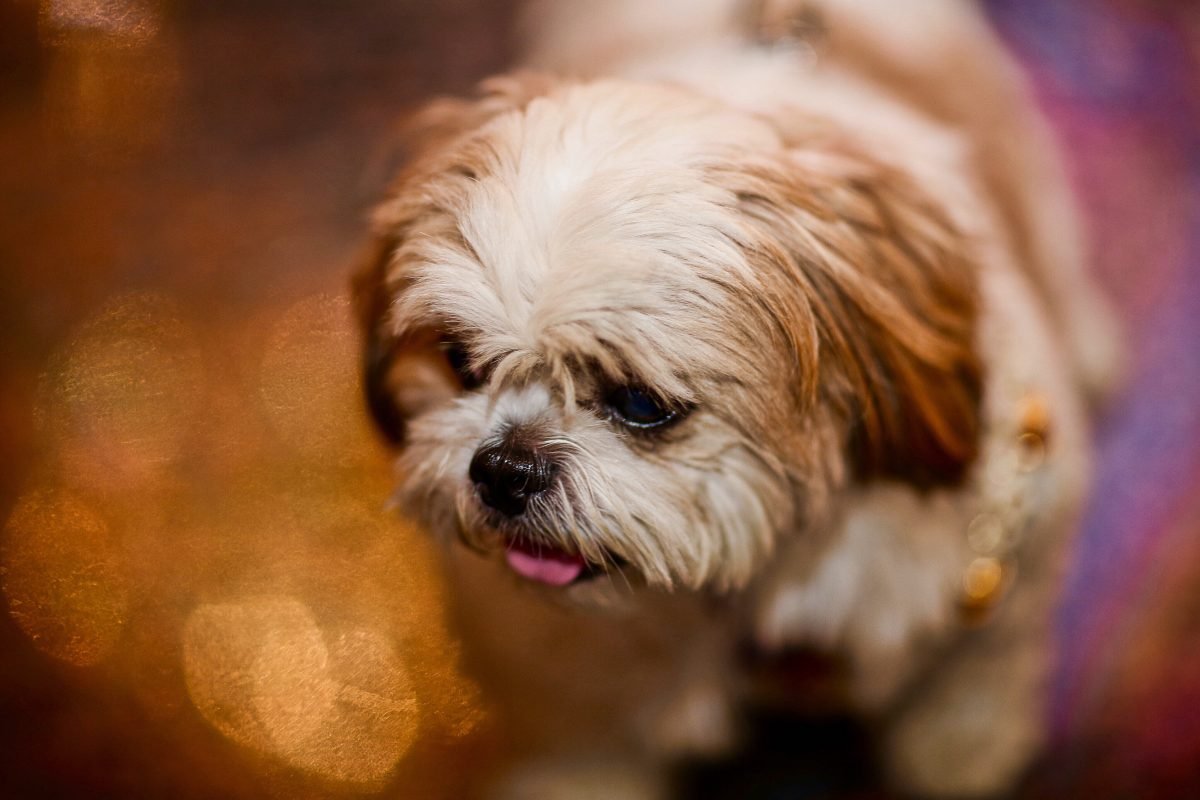Quasar is a popular Vue UI library for developing good looking Vue apps.
In this article, we’ll take a look at how to create Vue apps with the Quasar UI library.
Touch Hold Directive
We can add the v-touch-hold directive to run code when we click and hold the mouse button on an element.
For instance, we can write:
<!DOCTYPE html>
<html>
<head>
<link
href="https://fonts.googleapis.com/css?family=Roboto:100,300,400,500,700,900|Material+Icons"
rel="stylesheet"
type="text/css"
/>
<link
href="https://cdn.jsdelivr.net/npm/quasar@1.12.13/dist/quasar.min.css"
rel="stylesheet"
type="text/css"
/>
</head>
<body class="body--dark">
<script src="https://cdn.jsdelivr.net/npm/vue@^2.0.0/dist/vue.min.js"></script>
<script src="https://cdn.jsdelivr.net/npm/quasar@1.12.13/dist/quasar.umd.min.js"></script>
<div id="q-app">
<div class="q-pa-md">
<q-card
v-touch-hold.mouse="handleHold"
class="custom-area cursor-pointer bg-primary text-white shadow-2 relative-position row flex-center"
>
<div v-if="info" class="custom-info">
<pre>{{ info }}</pre>
</div>
<div v-else class="text-center">
Click me
</div>
</q-card>
</div>
</div>
<script>
new Vue({
el: "#q-app",
data: {
info: null
},
methods: {
handleHold({ evt, ...info }) {
this.info = info;
}
}
});
</script>
</body>
</html>
We get the data from the click event listener, which includes whether a tap or click is done.
Also, we get the position of the mouse click or tap and the duration.
The listener method runs 600ms after a click or tap is done by default.
We can change it with the argument:
<!DOCTYPE html>
<html>
<head>
<link
href="https://fonts.googleapis.com/css?family=Roboto:100,300,400,500,700,900|Material+Icons"
rel="stylesheet"
type="text/css"
/>
<link
href="https://cdn.jsdelivr.net/npm/quasar@1.12.13/dist/quasar.min.css"
rel="stylesheet"
type="text/css"
/>
</head>
<body class="body--dark">
<script src="https://cdn.jsdelivr.net/npm/vue@^2.0.0/dist/vue.min.js"></script>
<script src="https://cdn.jsdelivr.net/npm/quasar@1.12.13/dist/quasar.umd.min.js"></script>
<div id="q-app">
<div class="q-pa-md">
<q-card
v-touch-hold:2000.mouse="handleHold"
class="custom-area cursor-pointer bg-primary text-white shadow-2 relative-position row flex-center"
>
<div v-if="info" class="custom-info">
<pre>{{ info }}</pre>
</div>
<div v-else class="text-center">
Click me
</div>
</q-card>
</div>
</div>
<script>
new Vue({
el: "#q-app",
data: {
info: null
},
methods: {
handleHold({ evt, ...info }) {
this.info = info;
}
}
});
</script>
</body>
</html>
We changed the listen to run 2000ms after a click or tap.
Also, we can change the sensitivity with some arguments:
<!DOCTYPE html>
<html>
<head>
<link
href="https://fonts.googleapis.com/css?family=Roboto:100,300,400,500,700,900|Material+Icons"
rel="stylesheet"
type="text/css"
/>
<link
href="https://cdn.jsdelivr.net/npm/quasar@1.12.13/dist/quasar.min.css"
rel="stylesheet"
type="text/css"
/>
</head>
<body class="body--dark">
<script src="https://cdn.jsdelivr.net/npm/vue@^2.0.0/dist/vue.min.js"></script>
<script src="https://cdn.jsdelivr.net/npm/quasar@1.12.13/dist/quasar.umd.min.js"></script>
<div id="q-app">
<div class="q-pa-md">
<q-card
v-touch-hold:2000:12:15.mouse="handleHold"
class="custom-area cursor-pointer bg-primary text-white shadow-2 relative-position row flex-center"
>
<div v-if="info" class="custom-info">
<pre>{{ info }}</pre>
</div>
<div v-else class="text-center">
Click me
</div>
</q-card>
</div>
</div>
<script>
new Vue({
el: "#q-app",
data: {
info: null
},
methods: {
handleHold({ evt, ...info }) {
this.info = info;
}
}
});
</script>
</body>
</html>
We change the sensitivity to 12px for touch events and 15px for clicks.
Conclusion
We can add listeners for various mouse and touch events with the directives provided by Quasar.
